Bringing a touch of greenery indoors has become a popular trend, and adding houseplants is a great way to liven up any space. But what if your home doesn’t get enough natural light?
Don’t worry! There are plenty of beautiful houseplants that thrive even in low light conditions.
This article will guide you through the Best House Plant Trees Low Light, as well as tips on care and maintenance to keep your indoor jungle thriving.
House Plant Trees Low Light Table of Contents
Introduction to Low-Light House Plant Trees
Indoor plants can transform your living space, making it more vibrant and lively. But what if your apartment or house doesn’t get enough sunlight? Is it still possible to keep house plants? Absolutely! There are several house plant trees that can thrive in low-light conditions, making them perfect for darker corners or rooms with minimal natural light.
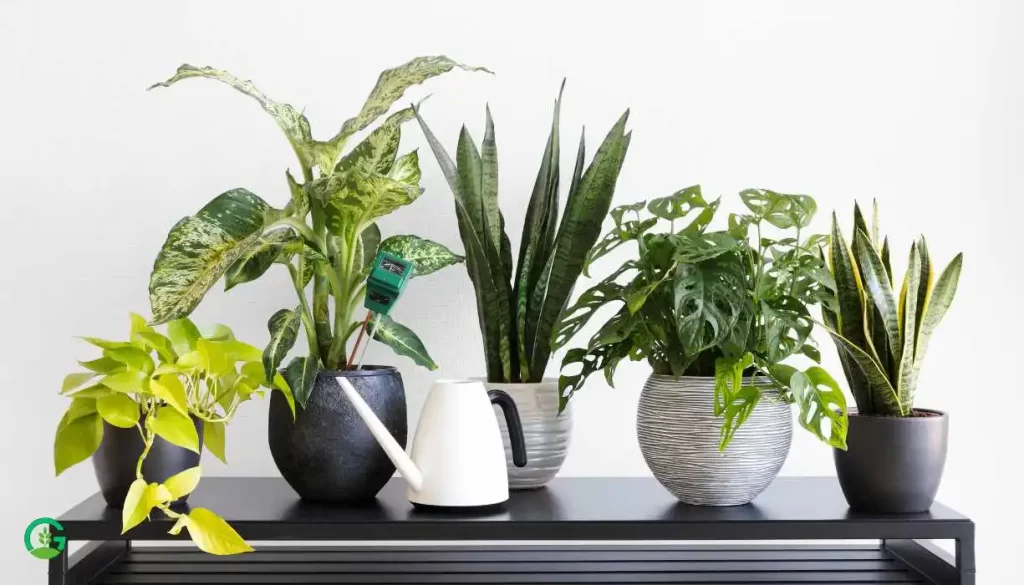
Benefits of House Plant Trees
Why should you consider adding house plant trees to your home? Here are a few compelling reasons:
- Air Purification: Many house plants filter toxins from the air, improving indoor air quality.
- Stress Reduction: Greenery can help reduce stress and improve your mood.
- Aesthetic Appeal: Plants add beauty and a sense of tranquility to your home.
- Humidity Regulation: Plants release moisture into the air, which can help with dry indoor environments.
Top House Plant Trees Low Light
Here are some of the best house plant trees for low-light conditions:
1. Snake Plant (Sansevieria)
Often called “mother-in-law’s tongue,” the snake plant is incredibly resilient. Its upright, sword-like leaves make it a stylish addition to any room. Snake plants can survive in low light and require very little water, making them ideal for beginners.
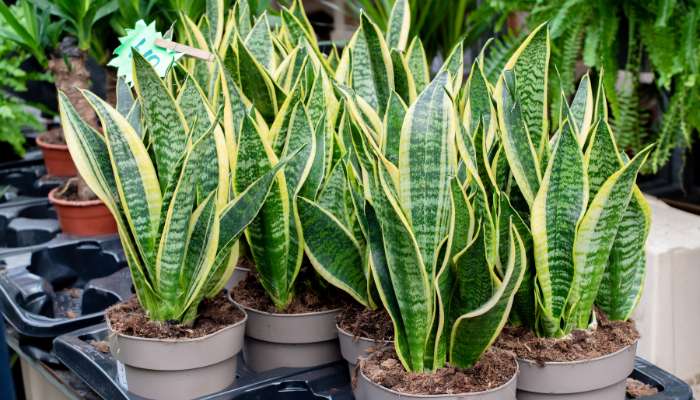
2. ZZ Plant (Zamioculcas zamiifolia)
The ZZ plant is another hardy option. With its glossy, dark green leaves, it adds a touch of elegance to your space. This plant thrives in low light and can go weeks without water.
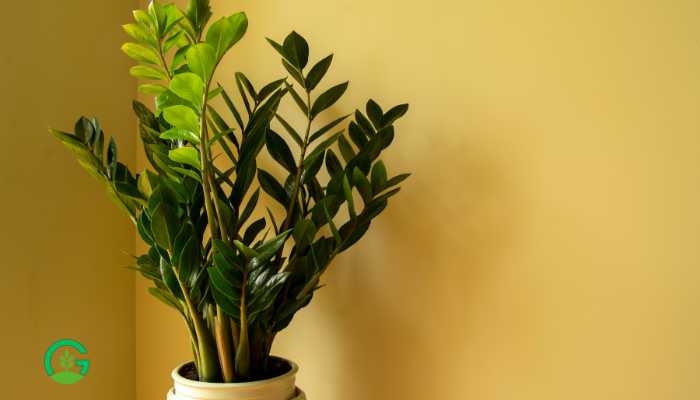
3. Cast Iron Plant (Aspidistra elatior)
True to its name, the cast iron plant is almost indestructible. It tolerates low light, low humidity, and a fair amount of neglect. Its broad, dark green leaves make it a great choice for adding texture to your indoor garden.
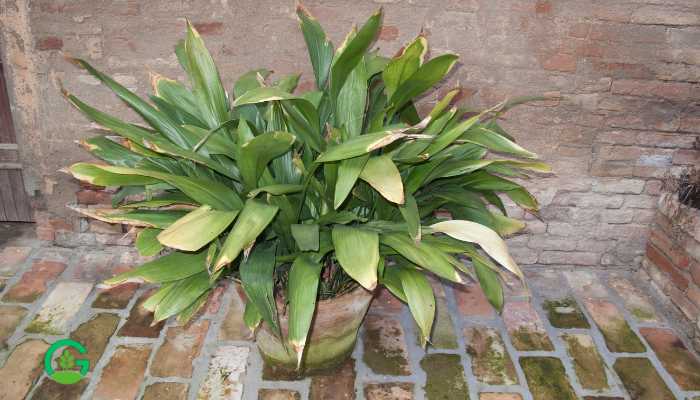
4. Kentia Palm (Howea forsteriana)
If you’re looking for a more tropical vibe, the Kentia palm is a fantastic option. It grows slowly and can handle low light conditions. The palm’s graceful fronds add a touch of the exotic to your home.
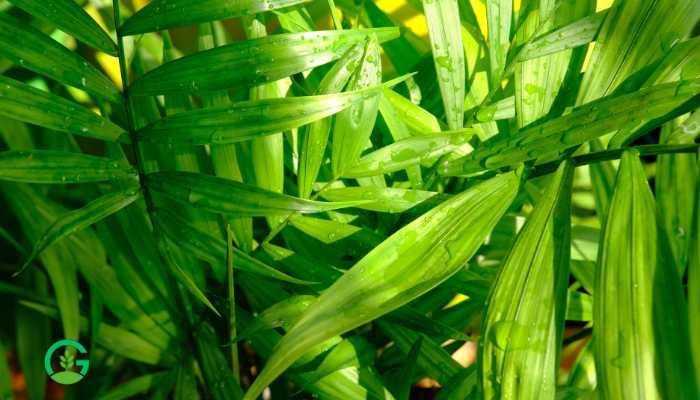
5. Chinese Evergreen (Aglaonema)
Chinese evergreens are popular for their striking leaves, which can be variegated or come in different shades of green and silver. They thrive in low light and are very low maintenance.
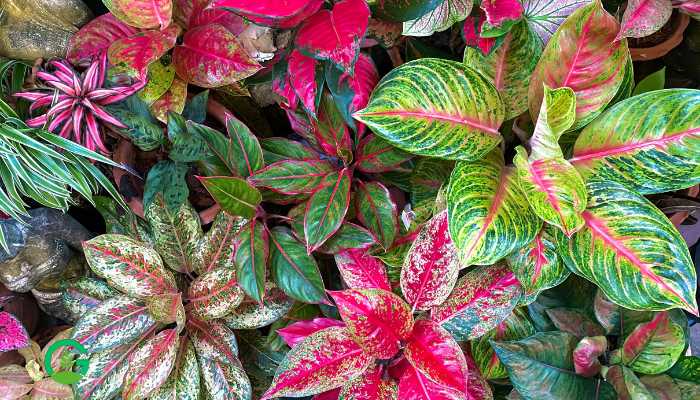
Caring for House Plant Trees Low Light
Even though these plants can thrive in low light, they still need some care. Here are some tips:
- Watering: Overwatering is a common mistake. Allow the soil to dry out between waterings.
- Dusting Leaves: Dust can block sunlight, so regularly clean the leaves.
- Fertilizing: Use a balanced, water-soluble fertilizer during the growing season.
Common Issues and Solutions
1. Yellowing Leaves
Yellow leaves can be a sign of overwatering. Make sure your plant’s soil is drying out between waterings.
2. Brown Tips
This could indicate low humidity or underwatering. Mist the plant regularly and ensure it’s getting enough water.
3. Pests
Common pests like spider mites and aphids can affect indoor plants. Use insecticidal soap or a mixture of water and dish soap to treat them.
How to Choose the Right Plant for Your Space
When selecting a house plant tree, consider the following:
- Light Levels: Assess the natural light in your space.
- Space Availability: Ensure the plant has enough room to grow.
- Maintenance Level: Choose a plant that fits your lifestyle and care abilities.
Image | Product Name | Review | Price |
Decorating Tips with House Plant Trees
House plant trees can be a focal point in your decor. Here are some ideas:
- Corners and Entryways: Use taller plants to fill corners or decorate entryways.
- Grouping Plants: Combine different plants for a lush, jungle-like feel.
- Plant Stands: Elevate smaller plants with stands to create visual interest.
The Importance of Pot and Soil Choice
Choosing the right pot and soil is crucial for your plant’s health. Here’s what to keep in mind:
- Drainage: Ensure the pot has drainage holes to prevent root rot.
- Soil Type: Use a well-draining potting mix suitable for indoor plants.
Watering and Humidity Needs
While low-light plants don’t need as much water, it’s important to maintain the right moisture level. Here’s how:
- Watering Schedule: Water less frequently but thoroughly.
- Humidity: Increase humidity by misting plants or using a humidifier, especially in dry environments.
Pruning and Maintenance
Regular pruning helps keep your plants healthy and looking their best. Follow these tips:
- Remove Dead Leaves: Trim off any dead or yellowing leaves.
- Shape the Plant: Prune to maintain the desired shape and size.
Read More
Repotting Your House Plant Tree
Over time, your plant will outgrow its pot. Here’s how to repot it:
- Choose a Larger Pot: Select a pot that is 1-2 inches larger in diameter.
- Fresh Soil: Use fresh potting mix to provide new nutrients.
- Gentle Transition: Carefully remove the plant from its current pot and place it in the new one, filling in with soil around the edges.
House Plant Trees Low Light Conclusion
Low-light house plant trees are a fantastic way to bring nature indoors, even in less-than-ideal lighting conditions. By choosing the right plants and providing proper care, you can enjoy the benefits of greenery in every room of your home. Whether you’re a seasoned plant parent or just starting out, these resilient plants make it easy to create a thriving indoor garden.
House Plant Trees Low Light FAQs
What are the best house plant trees for low light?
Some of the best low-light house plant trees include the snake plant, ZZ plant, cast iron plant, Kentia palm, and Chinese evergreen.
How often should I water my low-light house plant tree?
Watering needs vary by plant, but generally, you should let the soil dry out between waterings to avoid overwatering.
Can low-light plants survive without any sunlight?
While low-light plants can tolerate minimal light, they still need some indirect sunlight or artificial light to thrive.
How do I increase humidity for my indoor plants?
You can increase humidity by misting your plants, using a humidifier, or placing a tray of water near the plants.
What should I do if my plant’s leaves are turning yellow?
Yellow leaves often indicate overwatering. Check the soil moisture and adjust your watering schedule accordingly.
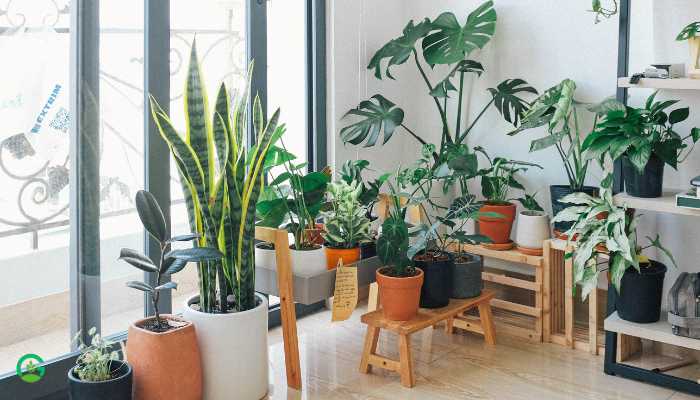




















1 thought on “Best House Plant Trees Low Light”